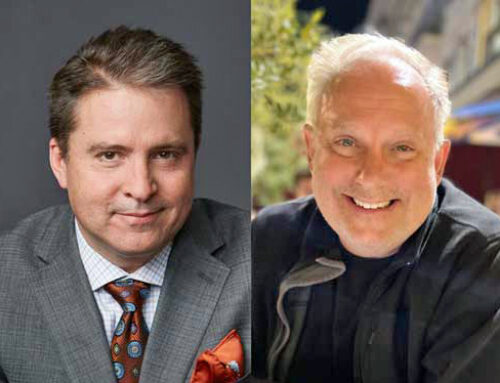Sooner or later, everyone ends up in the deep end of the pool, and the challenge comes down to this: sink or swim.
Jerome Groopman teaches at Harvard Medical School, specializing in research of the underlying mechanisms of cancer and AIDS. He also writes about the power of hope and the choices people make that make their lives more meaningful in the midst of suffering.
Groopman: “On the wall of the pool at my Jewish community center is a line from the Talmud. A father should teach his child three things: Torah, a trade, and to swim. For years, I read this as an inspiration to improve my stroke. But then I wondered if the Talmud was also imparting a profound message about hope and healing.
“It is no surprise that the rabbis would encourage learning Torah to bring us closer to God and mastering a trade to obtain material sustenance. But why learn to swim?
“The Talmud does not say, be taught to walk, because the ground is our natural habitat. Water is not. In water, there is nothing to hold on to. There is the risk of drowning, so we must learn how to adapt to new dangerous and uncertain surroundings.
“When we become ill, it is like being thrown into water. Hope and healing are like swimming. To pass through illness, we must change our usual way of functioning and take control of an unnatural environment. At first, we may thrash around, but God has given us the ability to move forward and prevail. This can be taught to our children after we learn it ourselves.”
Sometimes the way we teach it to our children is by learning it ourselves. As a pastor, I have often witnessed those with terminal illness unwittingly teaching their children how to die. They could hardly have known how beforehand, but they were up to the challenge at hand and took it in hand.
On the other hand, learning to swim doesn’t take place first in deep water. Unlike birds that are tossed from the nest and forced to fly, we learn how to swim in the shallow end first.
A mother wades in waist deep and holds her son atop the water, teaching him to feel at home there and not be afraid. The child learns about buoyancy, about how the water itself can help you avoid drowning. A father teaches his daughter how to tread water, then how to hold on to the side and kick, then how to doggy-paddle to the edge, then how to make the strokes as he suspends her body. The child learns how to breathe and move at the same time. And before long, another swimmer is born.
Perhaps, the wisdom of the rabbis, passed down through this teaching in the Talmud (a collection of oral interpretations of the Torah that range far and wide to touch on how to live as a faithful Jew), should not be read as if there are three separate things to be taught and drawn upon to make a life in three modes. Learning Torah, or Scripture generally, leads to more than a right relationship with God. Torah is a lamp unto the feet and a light unto the path, as the psalmist says. It teaches us how to make our way in the world.
A trade, likewise, gives us a way of contributing to the world as we walk in the way of the Lord. The work we do and the way we do it are, in a way, trade and Torah come together, vocation and ethics holding hands.
Yet all the wisdom learned and lived does not ensure calm waters or smooth sailing. Storms sometimes capsize our boat and throw us overboard. Learning to swim, then, keeps us afloat until help arrives.
And since our help is in the Lord, help is always on its way.





